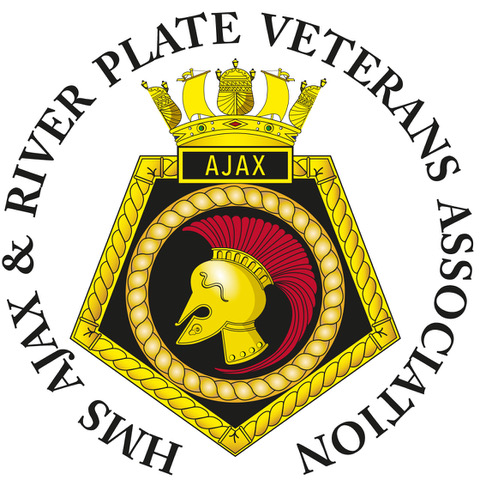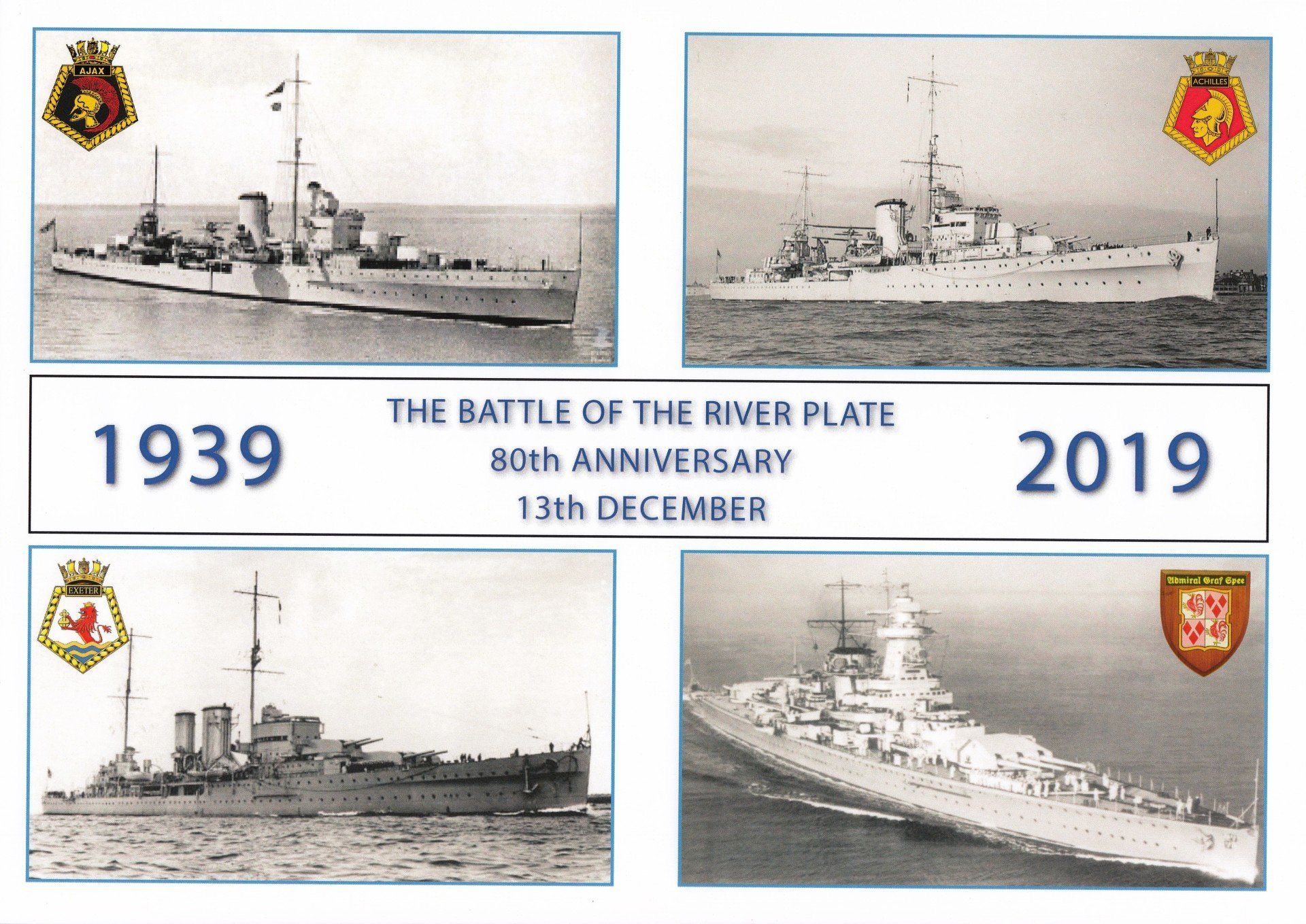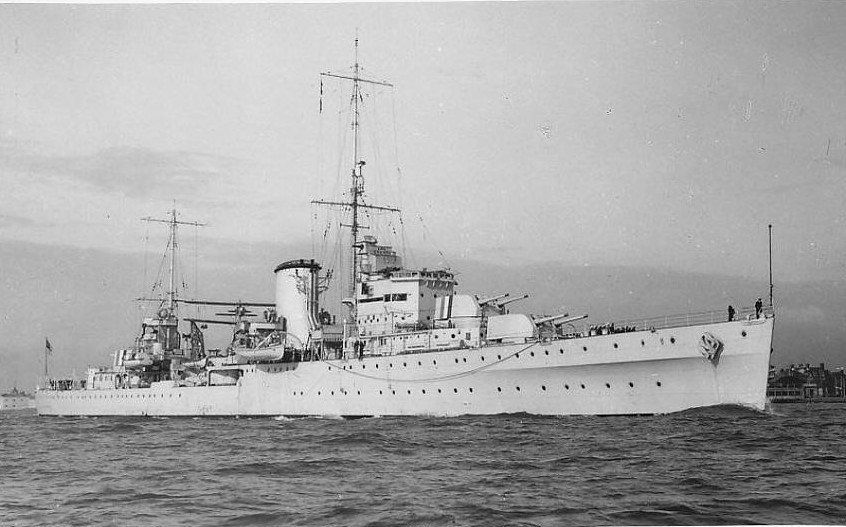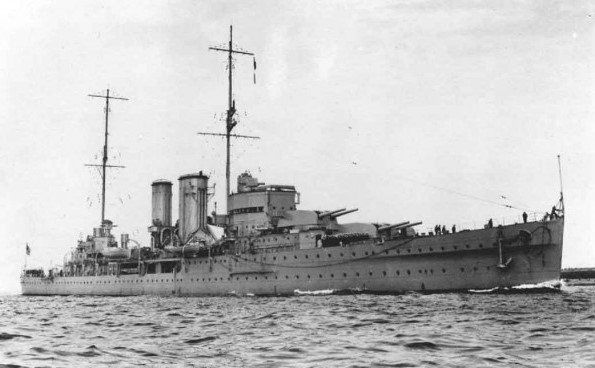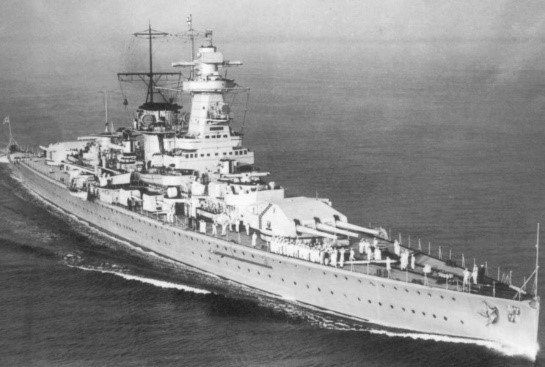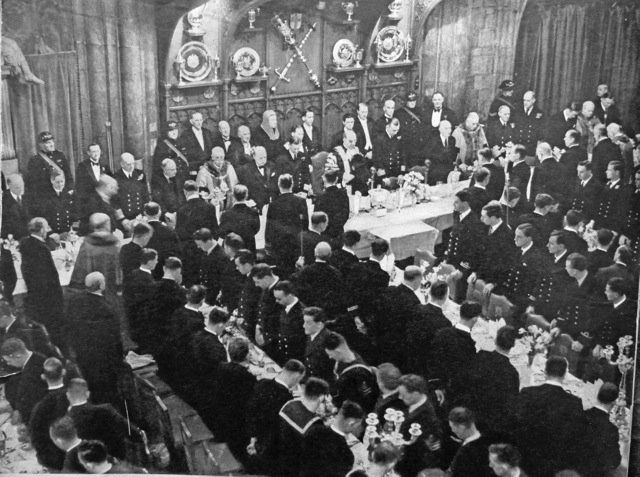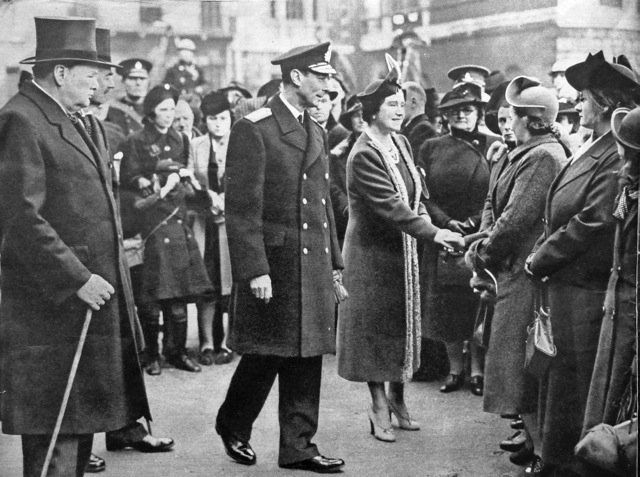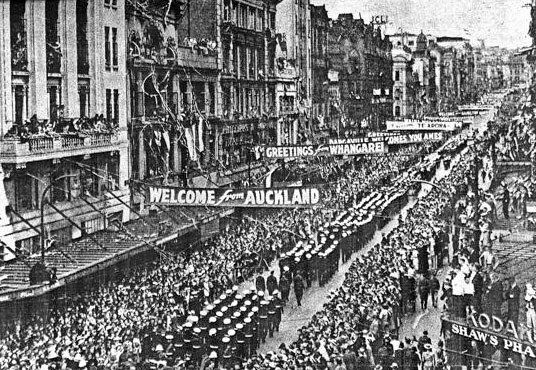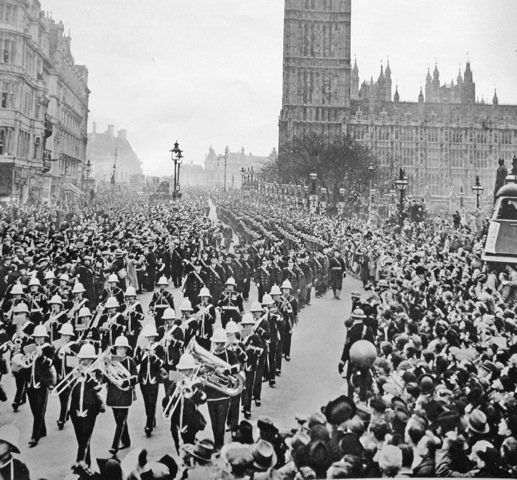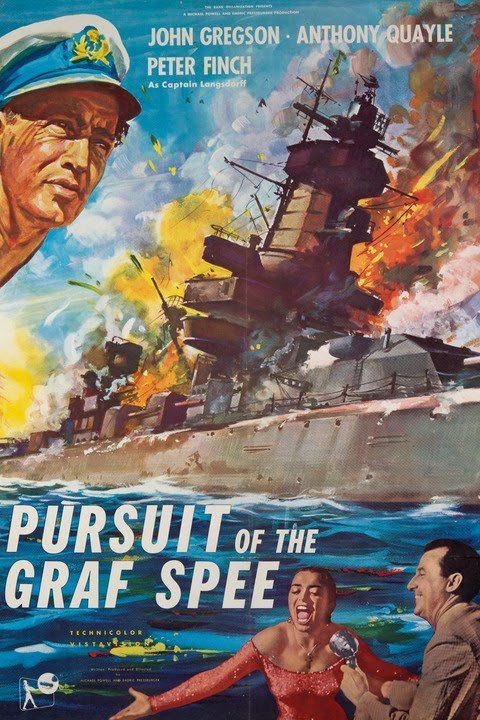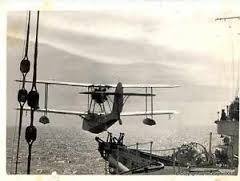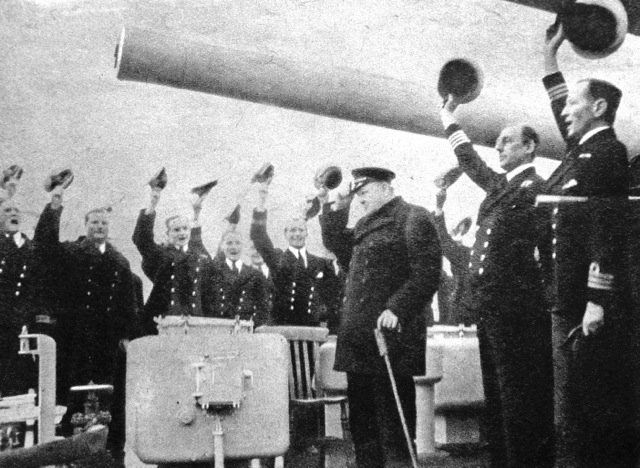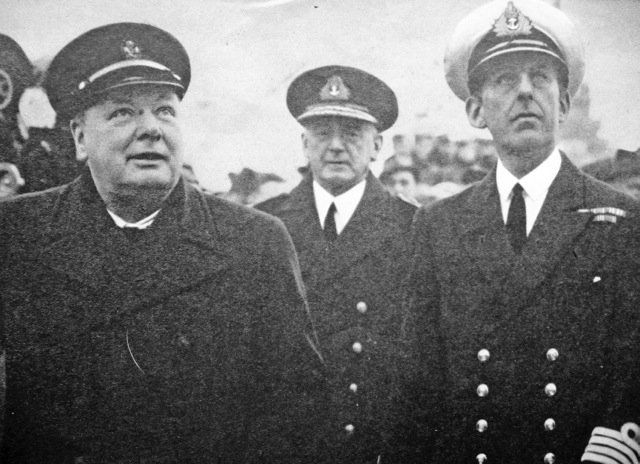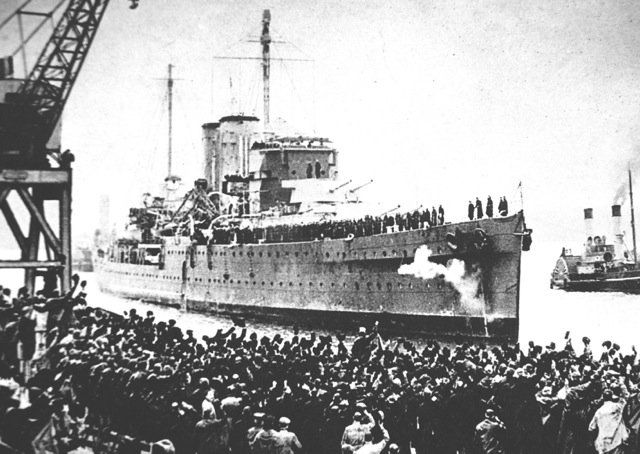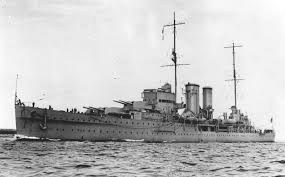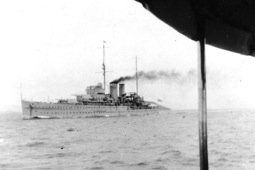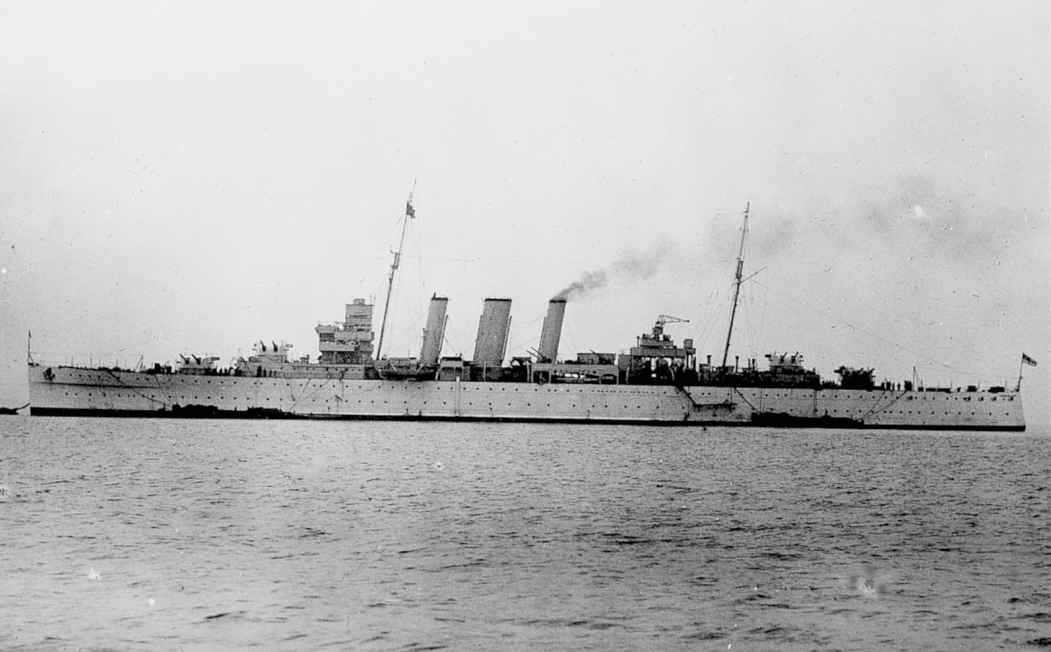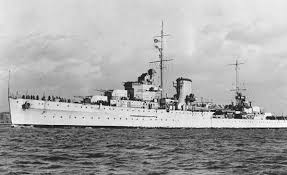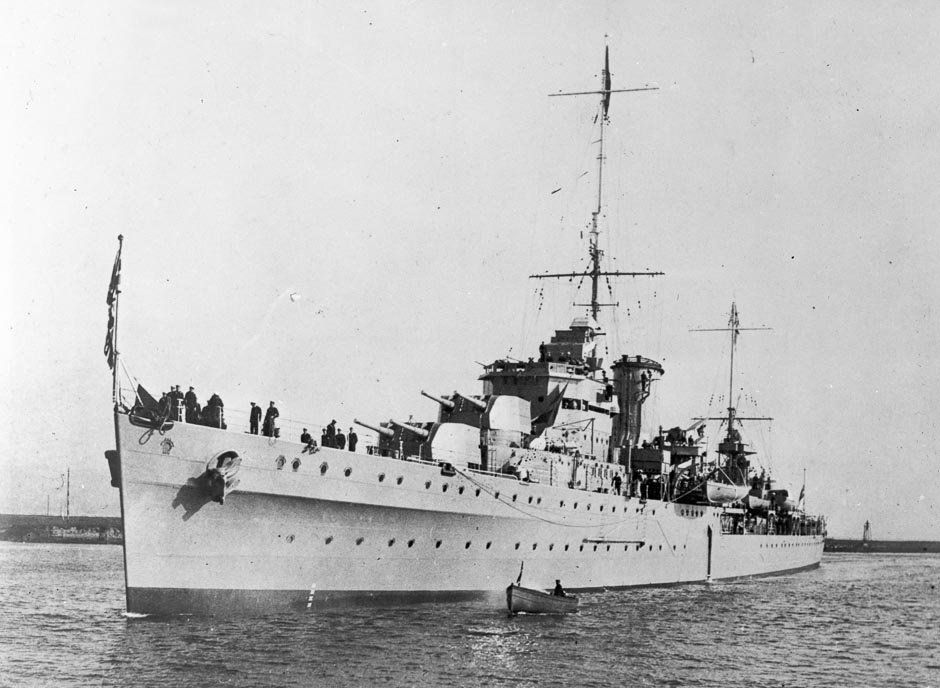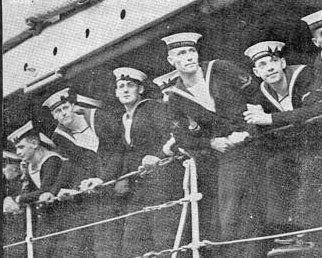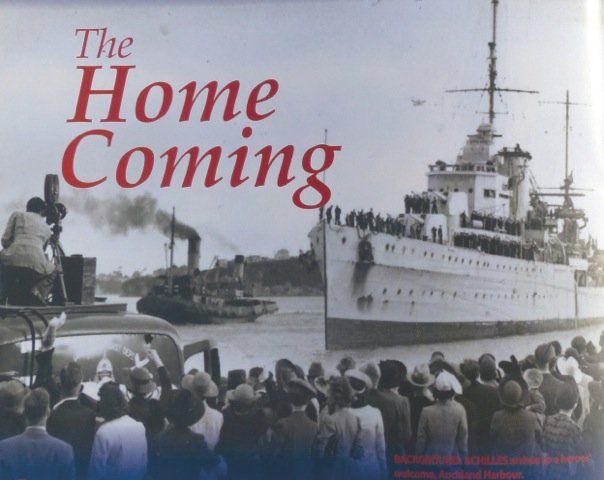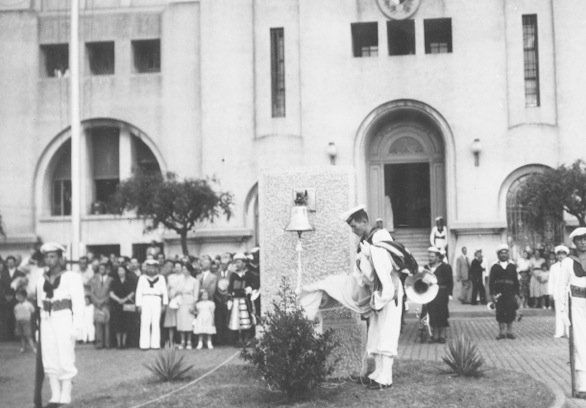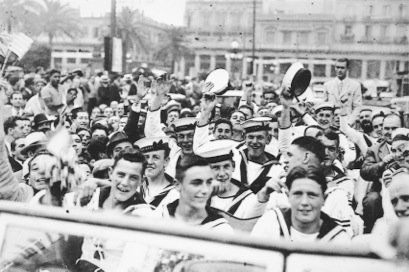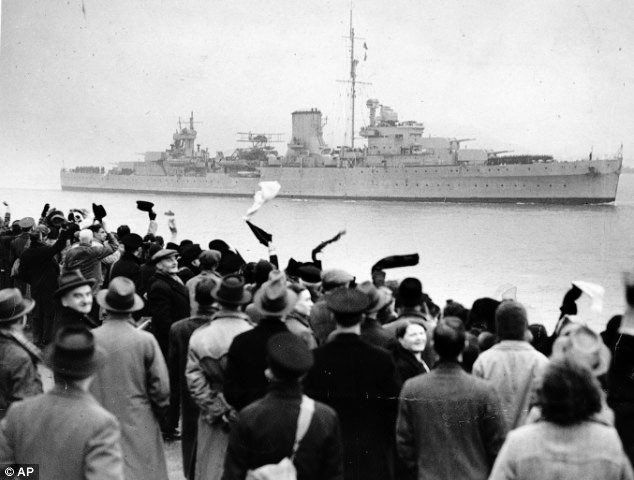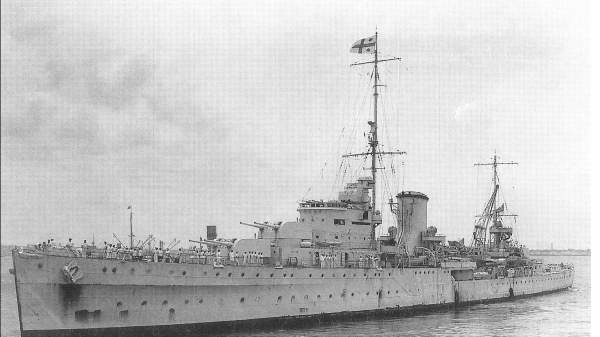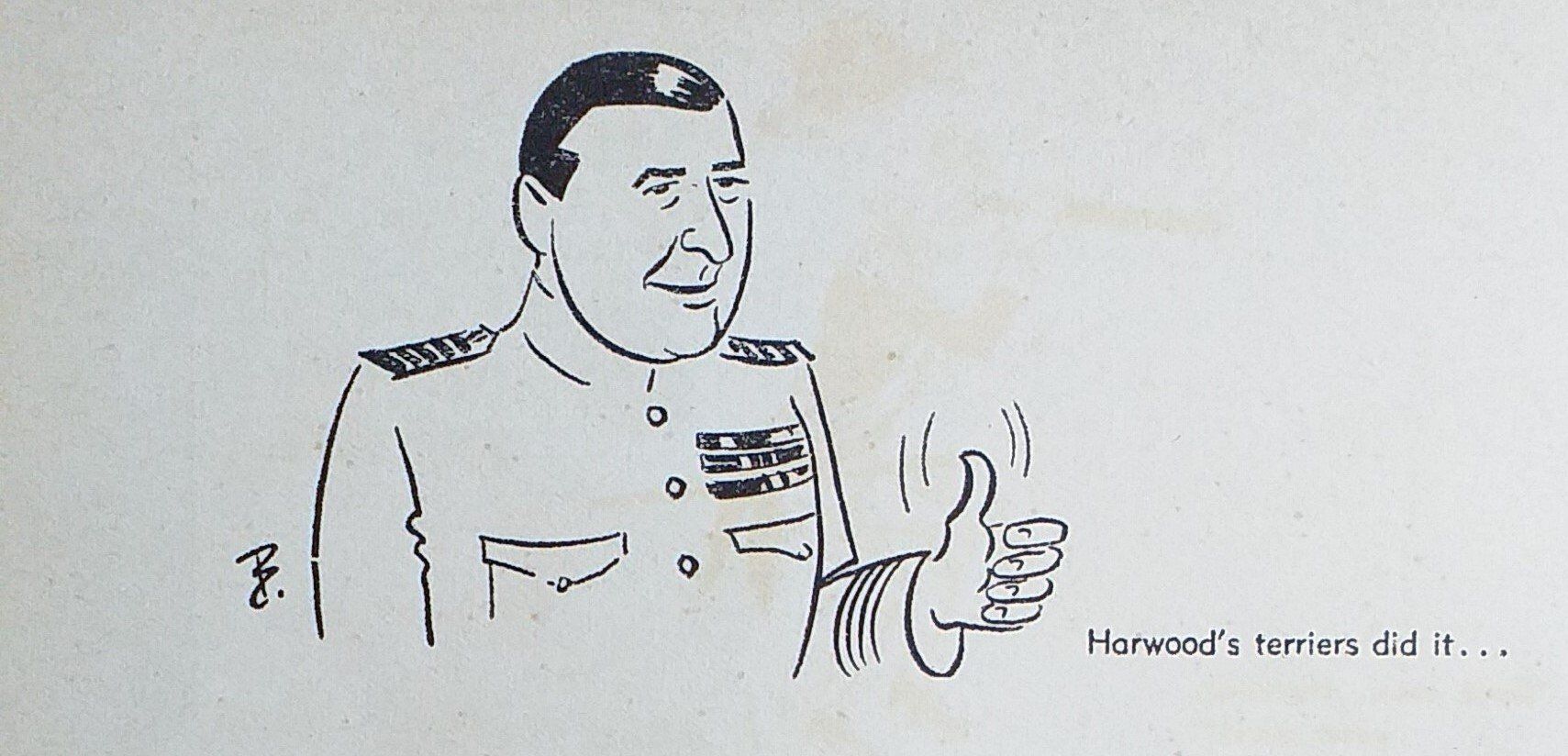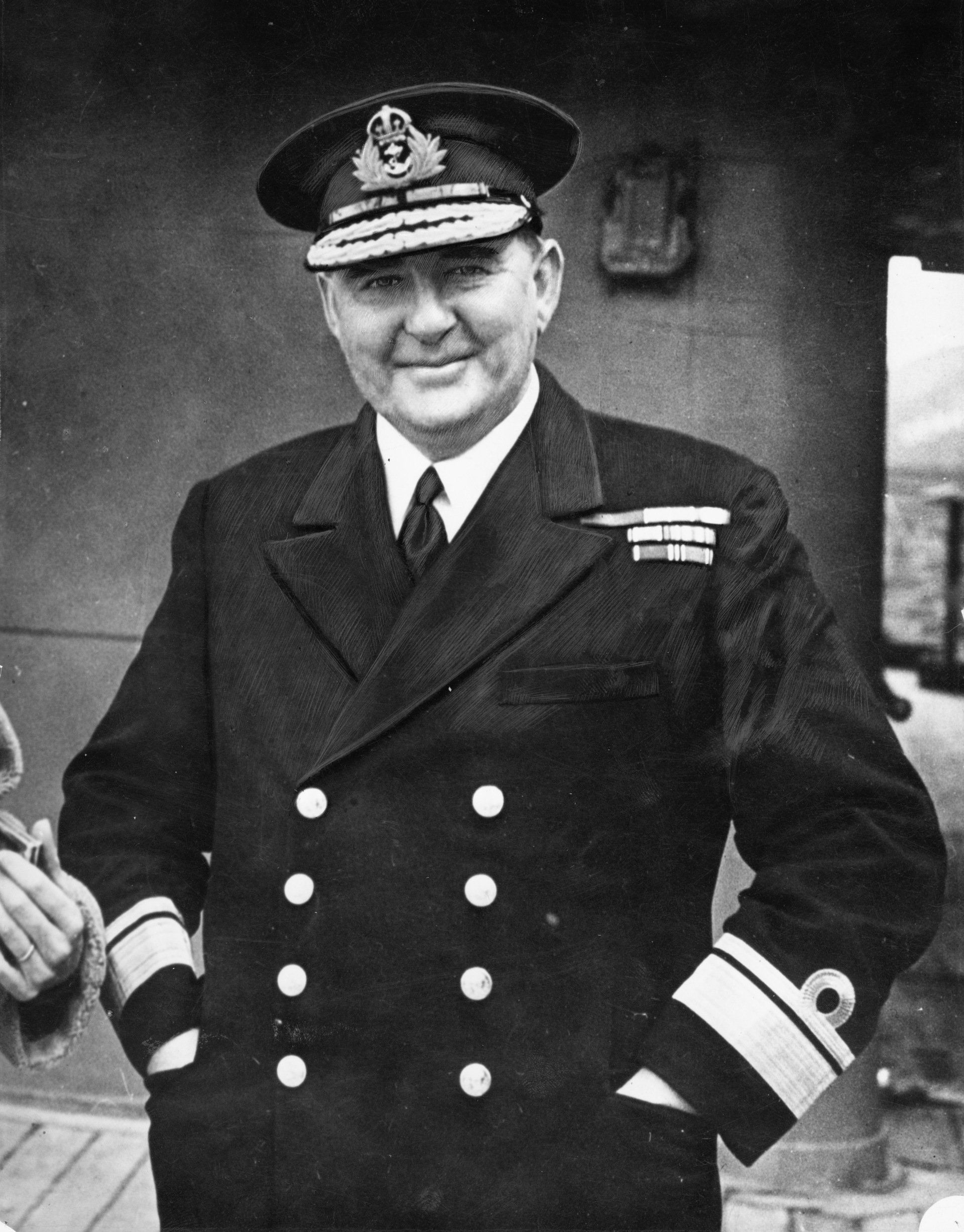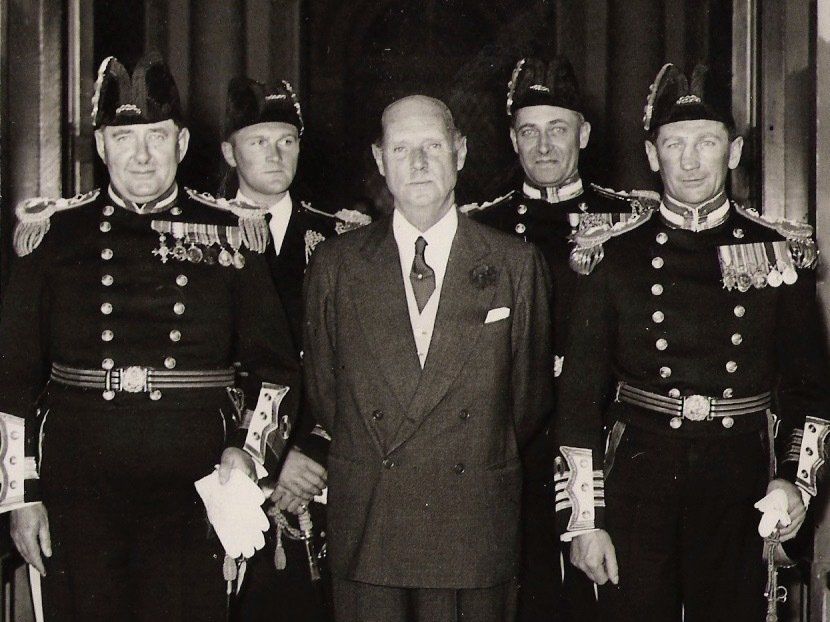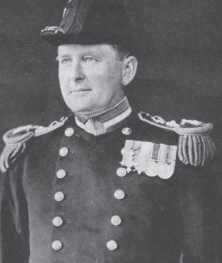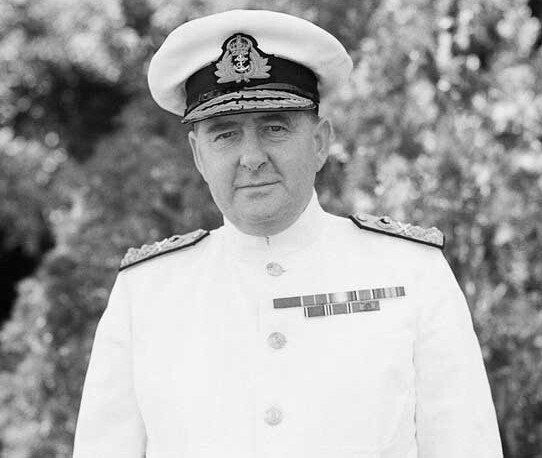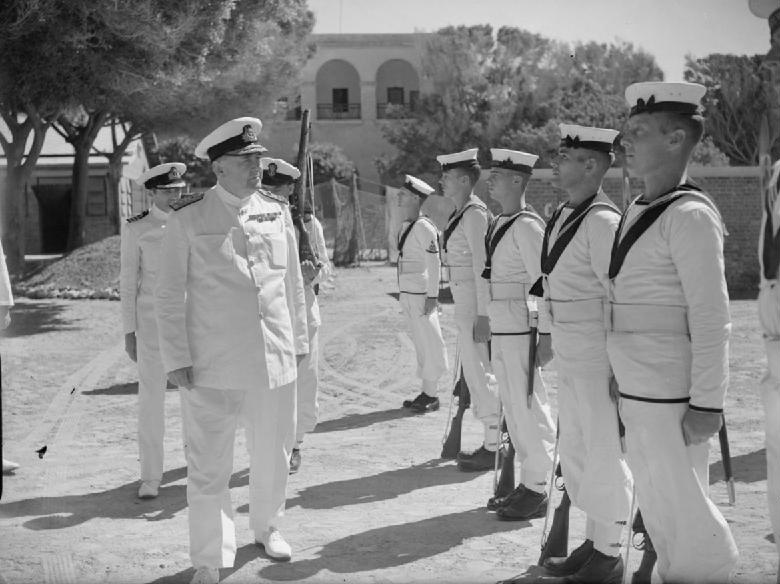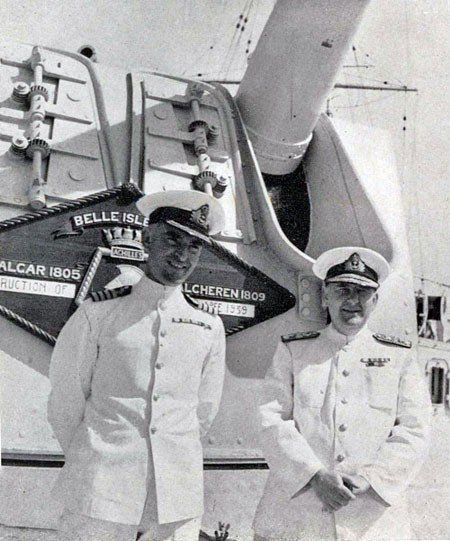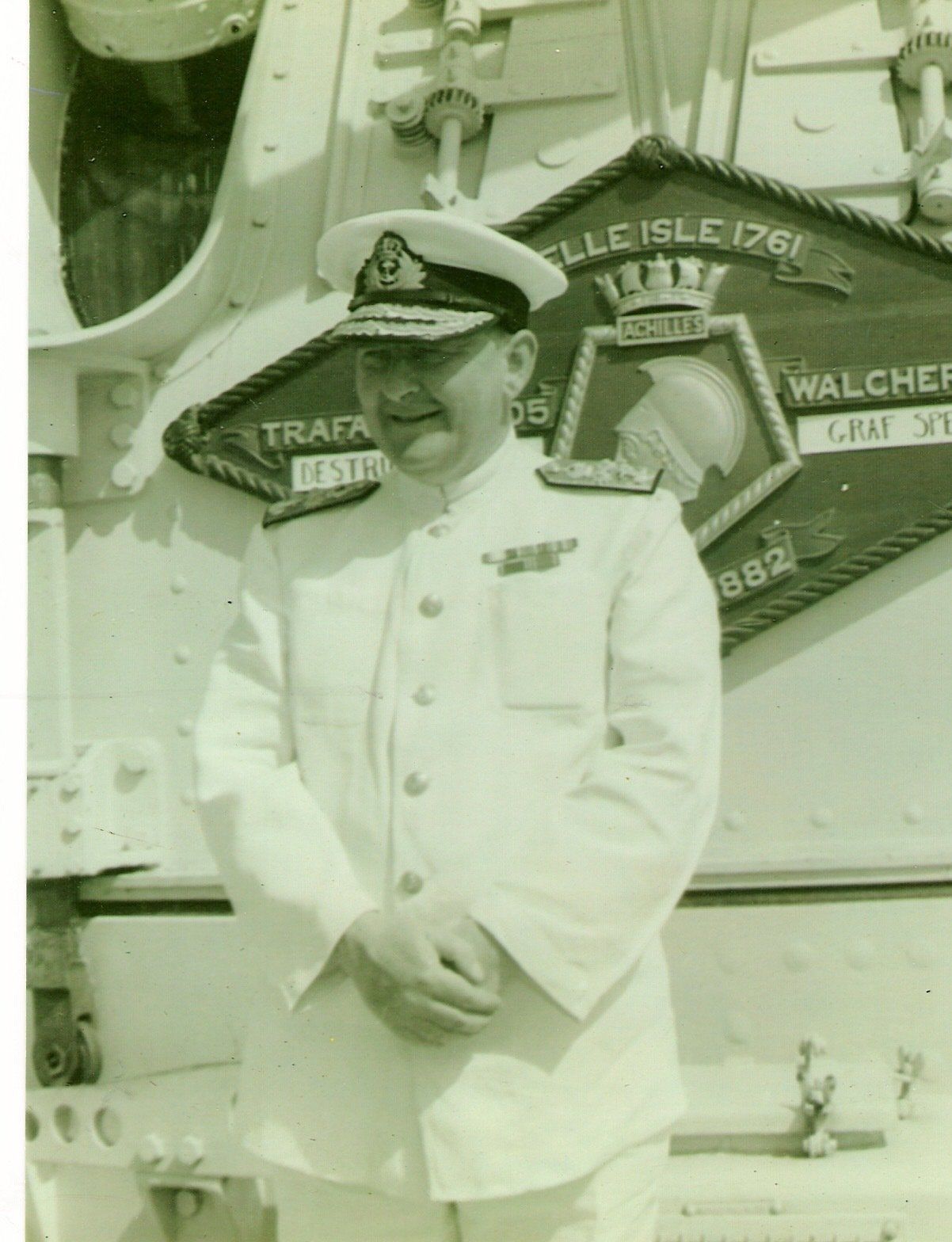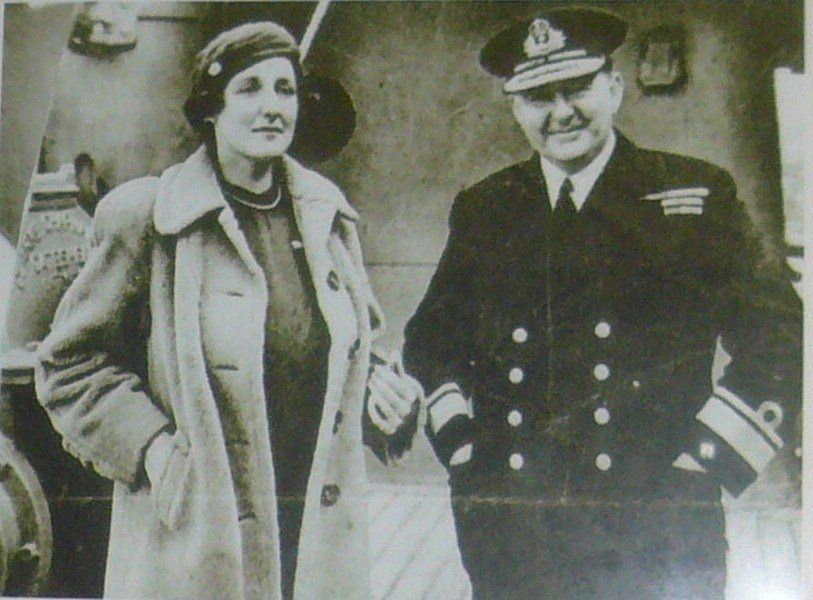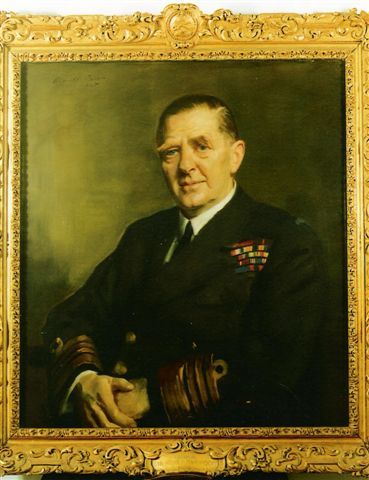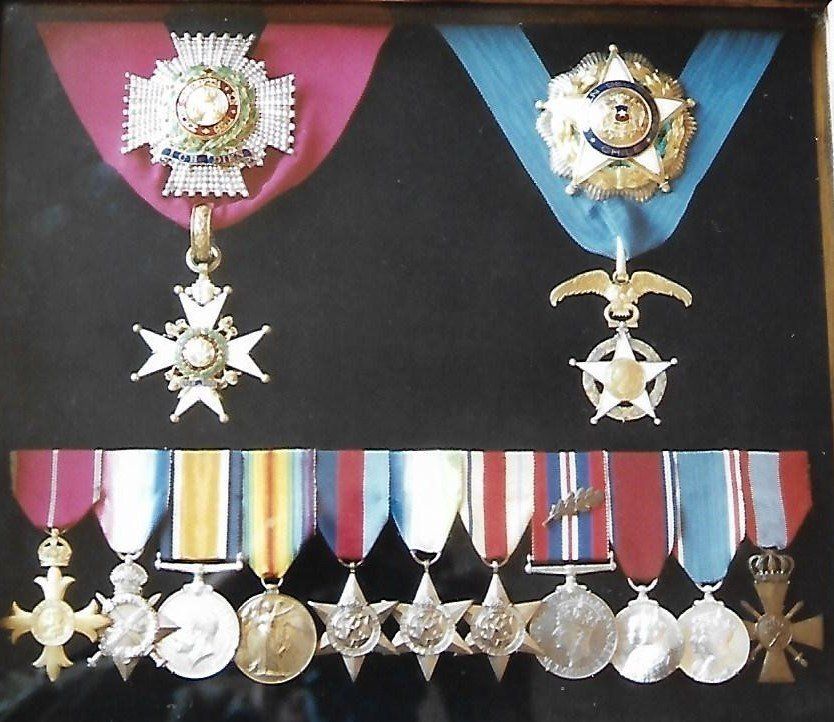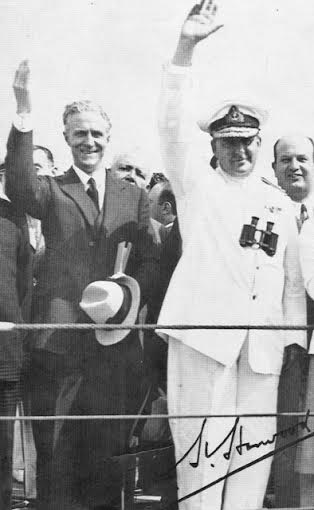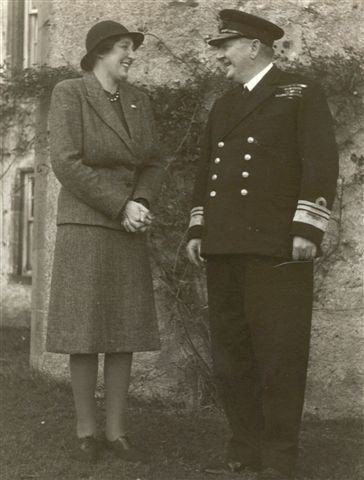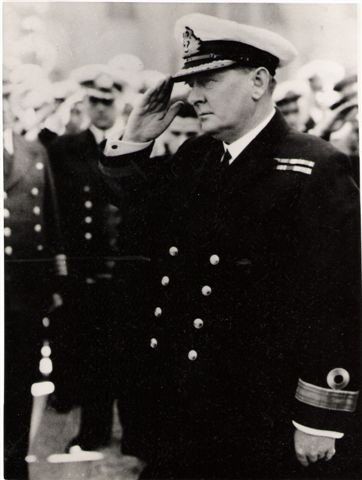The Battle of the River Plate - Battle Description Commodore Henry Harwood
BATTLE DESCRIPTION
“THIS GREAT ACTION WILL LONG BE TOLD IN SONG AND STORY”
Winston Churchill – First Lord of the Admiralty – February 1940.
The Battle of the River Plate
13th December 1939
This is a story about how 3 battleships, 3 aircraft carriers and 14 cruisers in seven Hunting Groups searched for a German raider that was the the Admiral Graf Spee and how the weakest force of three cruisers found her and the action which led to her destruction.
The Second World War against Nazi Germany had been waged for three months. At sea Britain had lost the passenger liner, Athenia, the armed merchant cruiser, HMS Rawalpindi, the battleship HMS Royal Oak and the aircraft carrier HMS Courageous. There was very little good news for Britain and France.
In the South Atlantic Captain Langsdorff in the German pocket battleship, Admiral Graf Spee had been sinking British merchant ships since September 1939. Commodore Harwood, commanding Royal Navy Hunting Group G, had studied the area and knew the attraction to a German raider of the rich pickings of British merchant ships leaving the River Plate estuary between Argentina and Uruguay in South America. The Germans claimed that their pocket battleships could out-gun any ships faster than them and outrun any ship with heavier armament.
In early December 1939 Harwood received enemy reports from the British freighters Doric Star and Tairoa as they were captured and sunk. He calculated that if the raider chose to head for South America she would probably arrive in the area off the River Plate on the morning of the 13th December. With this in mind, Harwood ordered the cruisers, HMS Ajax, Achilles and Exeter to concentrate there the previous day (12th December). They met at the pre-arranged time and exercised their action plan. On the morning of 13th December HMS Exeter was ordered to investigate smoke that was spotted on the horizon. She soon signaled, “I think it is a pocket battleship”. The three ships had finally met Admiral Graf Spee and at 0617 they went into action, following Harwood’s orders, “Attack at once, by day or night”. At first Graf Spee concentrated her fire on Exeter. Ajax and Achilles then closed on Graf Spee at speed, drawing her fire and causing significant upper deck damage and loss of morale. Graf Spee's Captain Langsdorff later said, “They came at me like destroyers”. At 0636 Graf Spee about-turned to the west, from where she started her retreat. With 66 of her crew killed, Exeter later retired from the battle badly damaged and made for the Falklands.
By 0725 Ajax and Achilles had closed to within 4 miles from Graf Spee. Harwood then decided to open the range and shadow her. However Graf Spee steadied and concentrated her fire again on Ajax and Achilles. Ajax fired a salvo of torpedoes to encourage Graf Spee to maintain her westward course, which she did, but shortly afterwards Graf Spee obtained a hit on Ajax which put her two after-turrets out of action. Achilles also suffered severe damage to her director control tower from a near-miss. This was Graf Spee's chance to turn on the pursuers and regain the initiative but it was not taken. Captain Langsdorff chose to break off the action and head for port in Montevideo, the capital of neutral Uruguay. Whether this was the result of a confused state because of wounds and concussion, a sense of defeat or to preserve the lives of his men we do not know.
In Montevideo Langsdorff requested 14 days to repair Graf Spee’s damage but Uruguay, a neutral country keeping strictly to the Hague Convention, allowed only 72 hours stay in harbour. Knowing that escape was not an option: he believed a superior force was now awaiting him and his ship was not sea-worthy to make it back to Germany, Admiral Graf Spee was scuttled on 17th December. Two days later, after addressing the ship's company and spending the evening with his officers, Captain Langsdorff shot himself. The ship's company were interned in Argentina and Uruguay.
On return home the men of HMS Ajax and HMS Exeter were feted in London by King George VI and Winston Churchill (First Lord of the Admiralty at the time). HMS Achilles' crew were similarly feted in their home town of Auckland, New Zealand. Achilles was on loan to the Royal Navy New Zealand Division and it would not be until 1st October 1941 she would become HMNZS Achilles on formation of the Royal New Zealand Navy. To the people of Britain, the Battle of the River Plate brought the first victory of the Second World War and boosted the country's morale. As Winston Churchill said at the celebratory London Guildhall luncheon in February 1940, “In a dark cold winter it warmed the cockles of the British hearts”.
The Battle of the River Plate is remembered as being the last of the old-style sea battles fought without aircraft (other than Ajax’s Seafox spotter plane - Exeter's and Graf Spee's being inoperable) or radar (Graf Spee did have a rudimentary radar), where the speed of ships, their firepower and the tactics employed won the day. For the Royal Navy this battle was an expression of the centuries-old tradition of achieving mastery of the seas through the offensive spirit in battle and a willingness to take risks.
As the First Sea Lord, Admiral Pound said at the time, “It set a standard for the war, a matter of great importance”.
Admiral Sir Henry Harwood
Henry Harwood joined the Royal Navy in 1904 and served in HMS Sutlej and HMS Royal Sovereign. Although he did not see action he was awarded the OBE for his work on torpedoes. Between the wars he served in destroyers, as a staff officer in the Mediterranean and was second-in-command of HMS Cumberland. More notably, he was on the staff of the Royal Naval War College 1934-36 where he studied tactics how to attack a German Pocket battleship. He was Captain of HMS Exeter 1936-39 and Commodore Second-class, in command of the South American division of the South Atlantic squadron.
At the outbreak of war, he was appointed Commodore First-class and returned to the South Atlantic as commander of Force G.
Immediately after the Battle of the River Plate but before the Admiral Graf Spee had been scuttled he was promoted to Rear Admiral and knighted. He did not return to Britain until May 1940 since it was regarded that his continuing presence in South America would help prevent unrest fomented by the Axis powers. From 1940 to April 1942, Harwood served as a Lord Commissioner of the Admiralty and Assistant Chief of Naval Staff. In April 1942 he was promoted to Vice-Admiral and Commander-in-Chief, Mediterranean Fleet based in Alexandria, Egypt. The command was later split and he became Commander-in-Chief Levant (eastern Mediterranean) in February 1943, with responsibility for flank support and seaborne supply of the British Eighth Army. However, a heart attack necessitated evacuation back to Britain where he spent almost a year convalescing. In April 1944, Harwood became Admiral Commanding Orkney and Shetlands. He retired on 15 August 1945 with the rank of Admiral and died in 1950, aged 62.
FREQUENTLY ASKED QUESTIONS
For a greater understanding of what took place at the Battle and the command decisions taken, subject to much debate & conjecture, and much more, the Frequently Asked Questions Section is worthy of consideration.
BRITISH HONOURS AND AWARDS
BATTLE OF THE RIVER PLATE
Recorded in The London Gazette, issue 34759, 22 December 1939
The full list of awards can be found below
Link here to THE WAR ILLUSTRATED Vol 1 No. 17 with reports of the Battle of the River Plate
